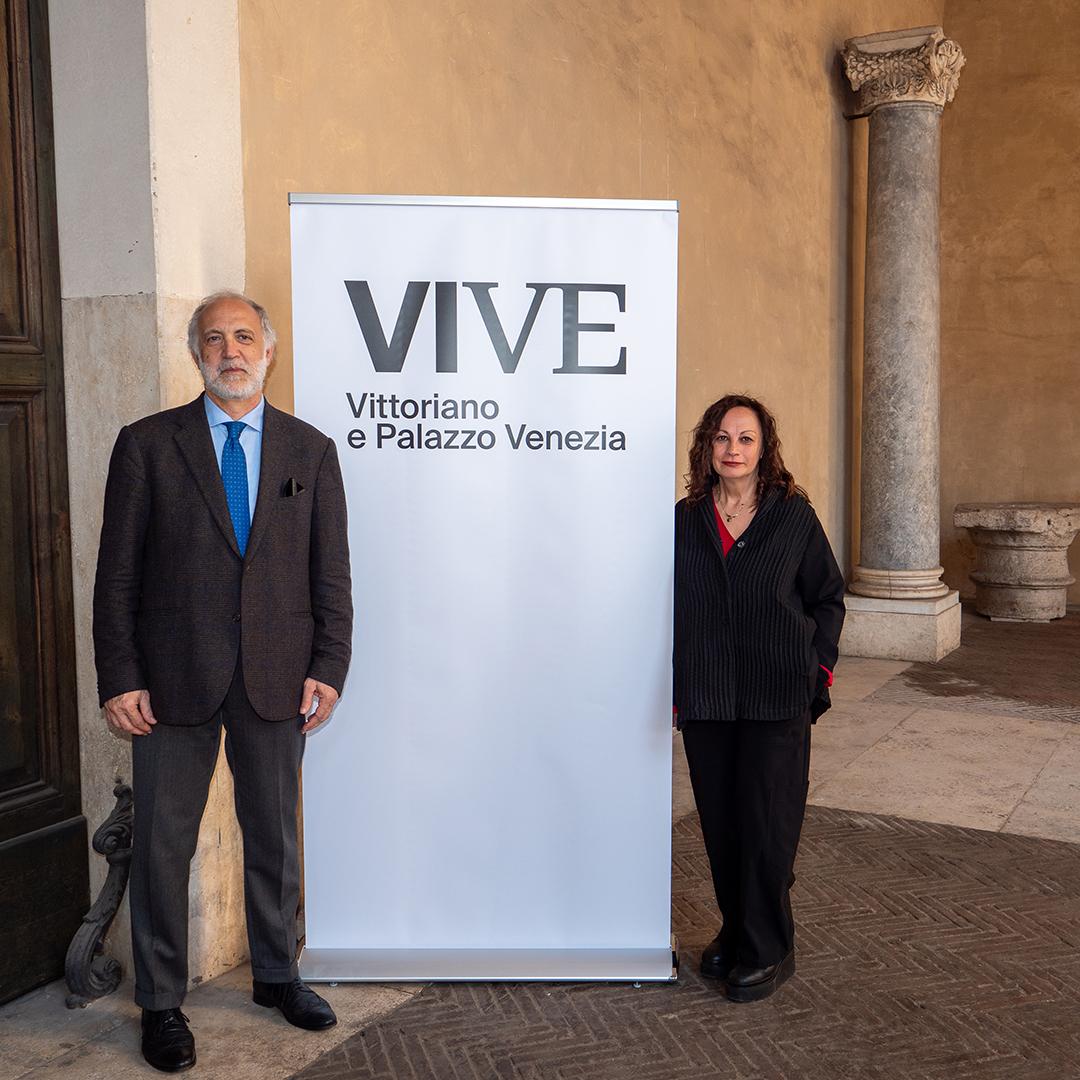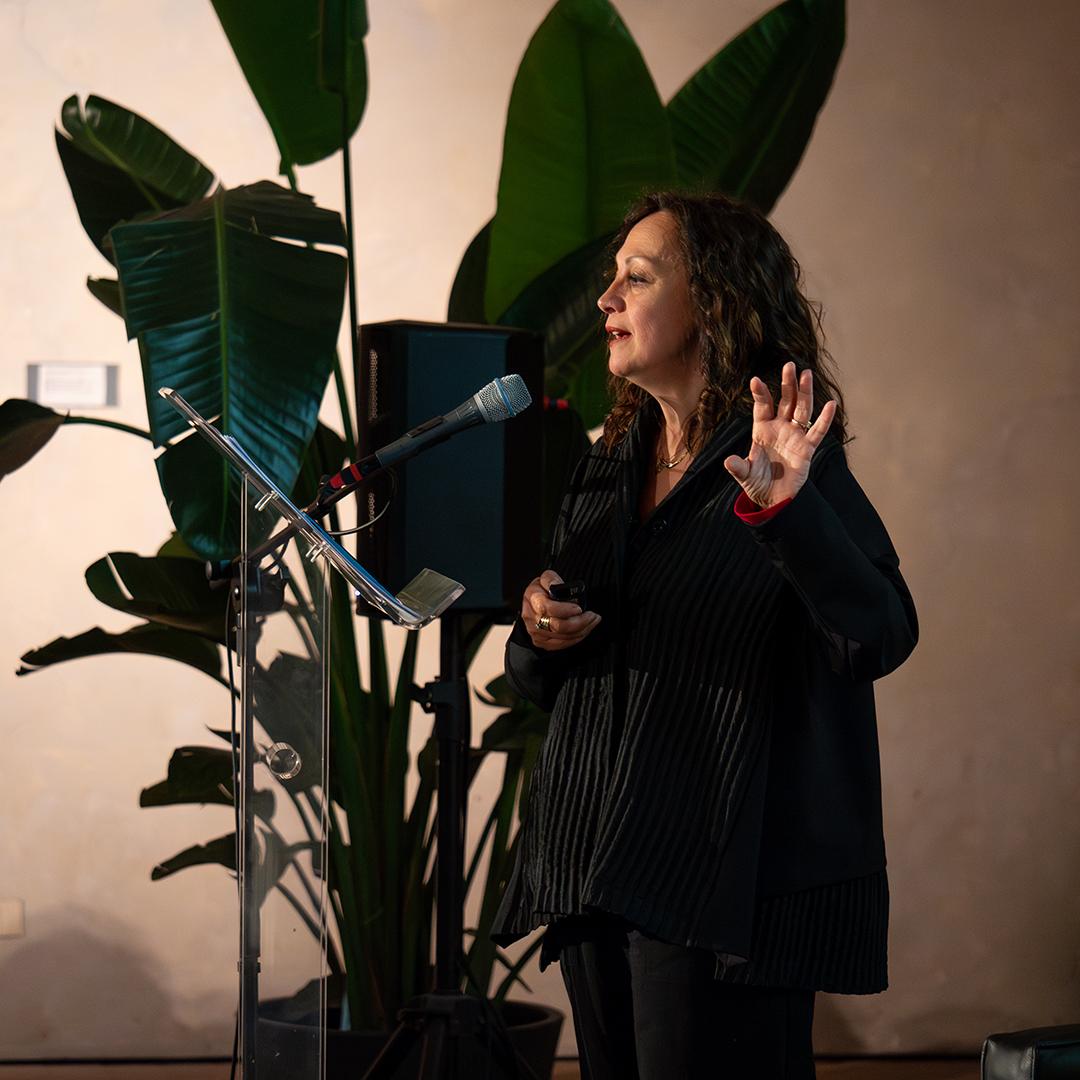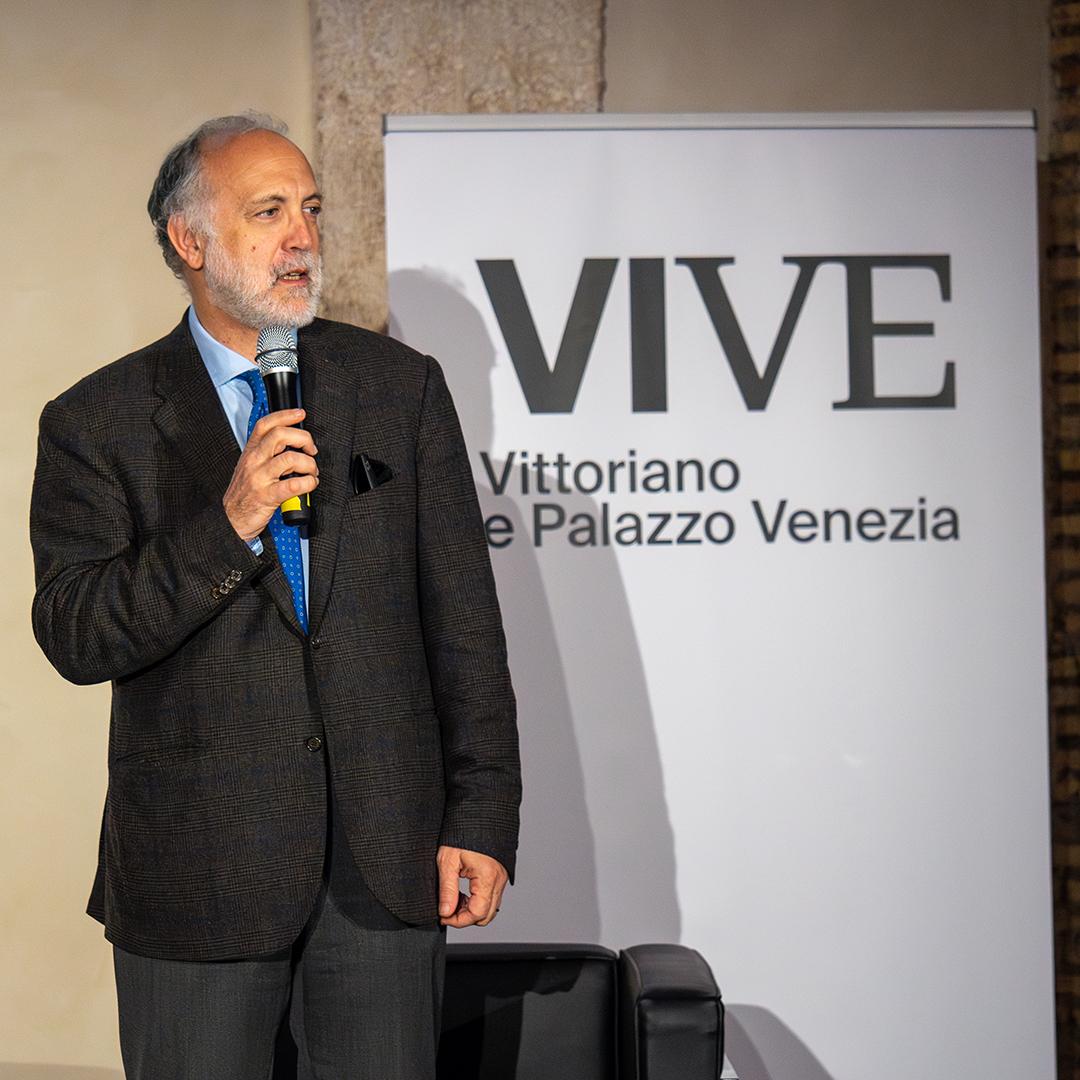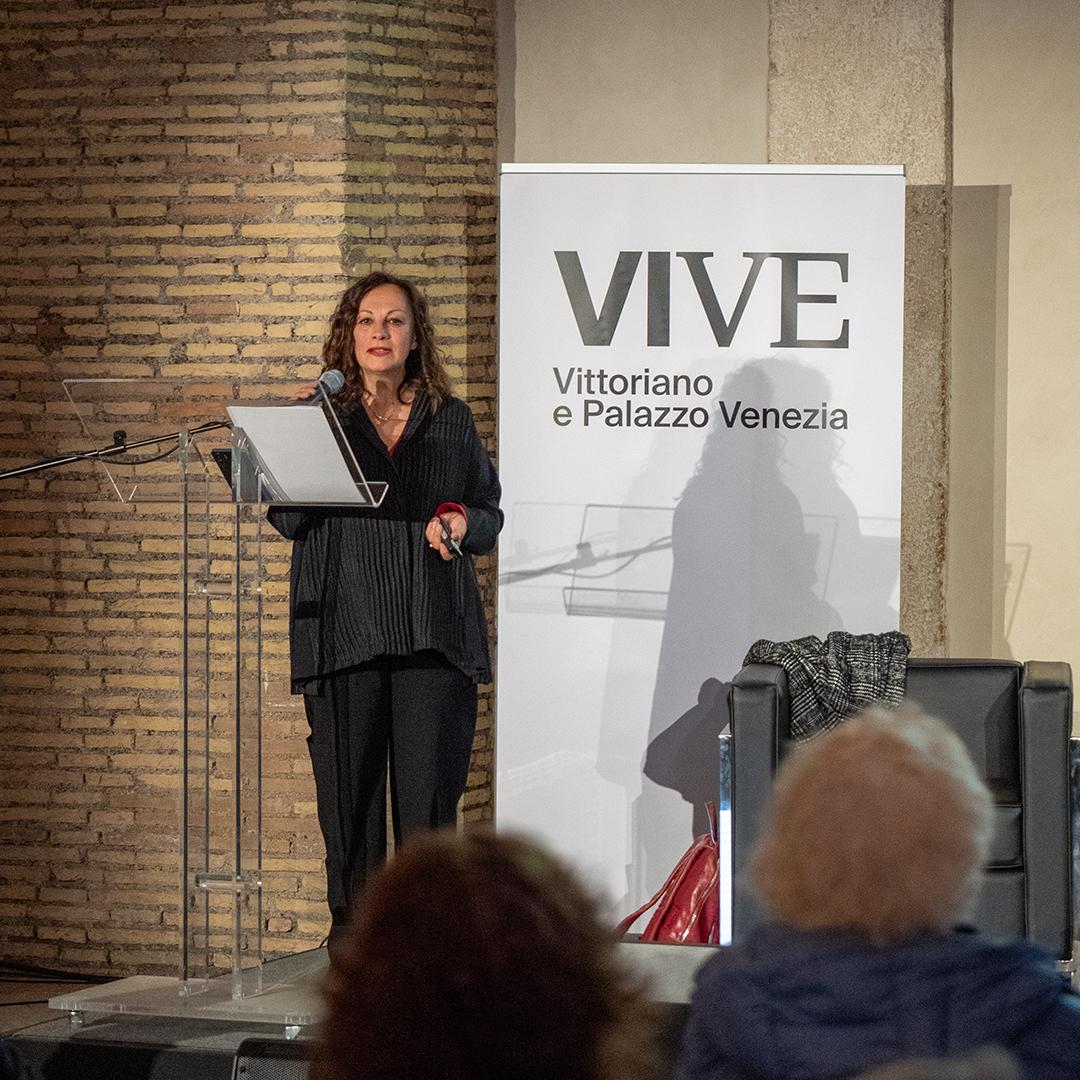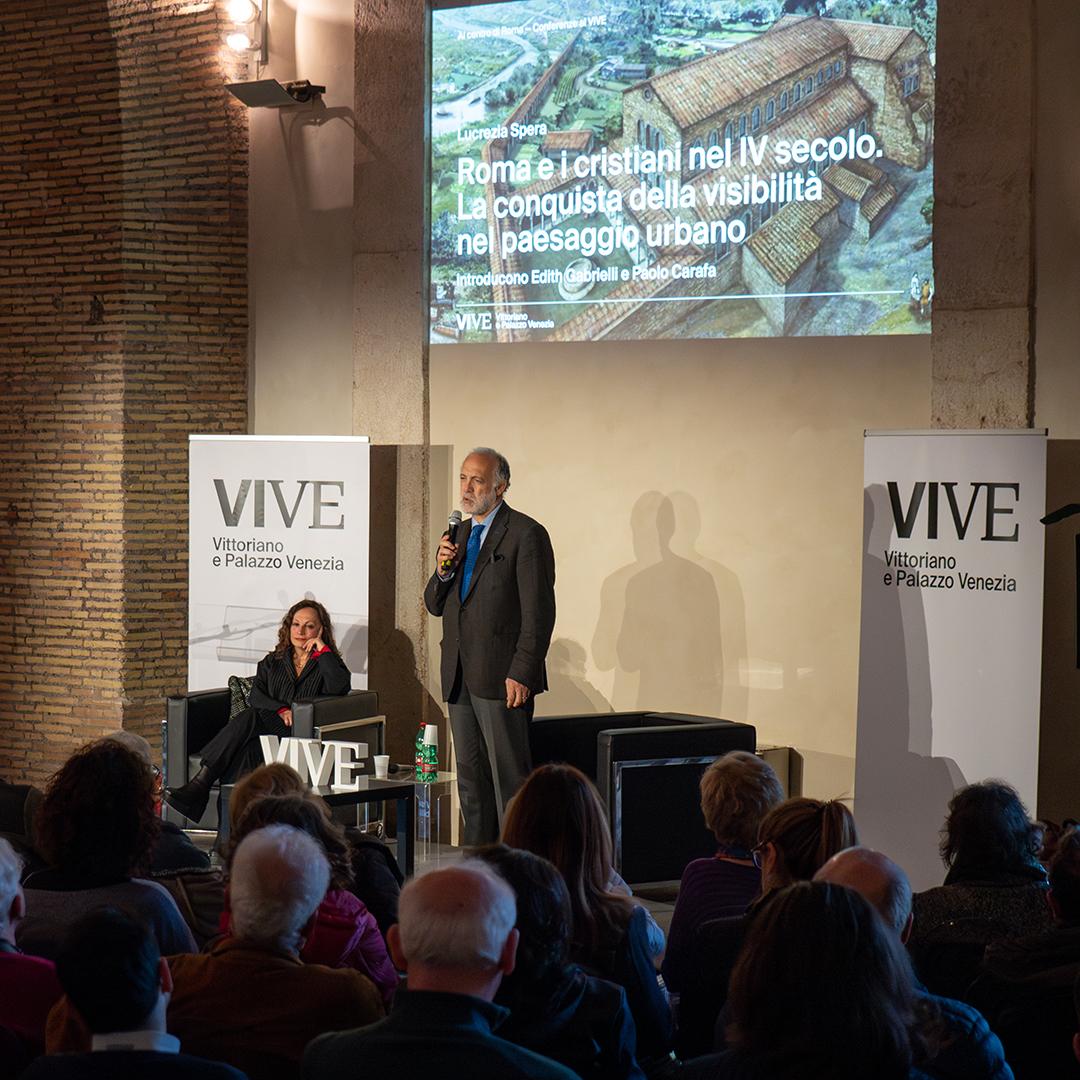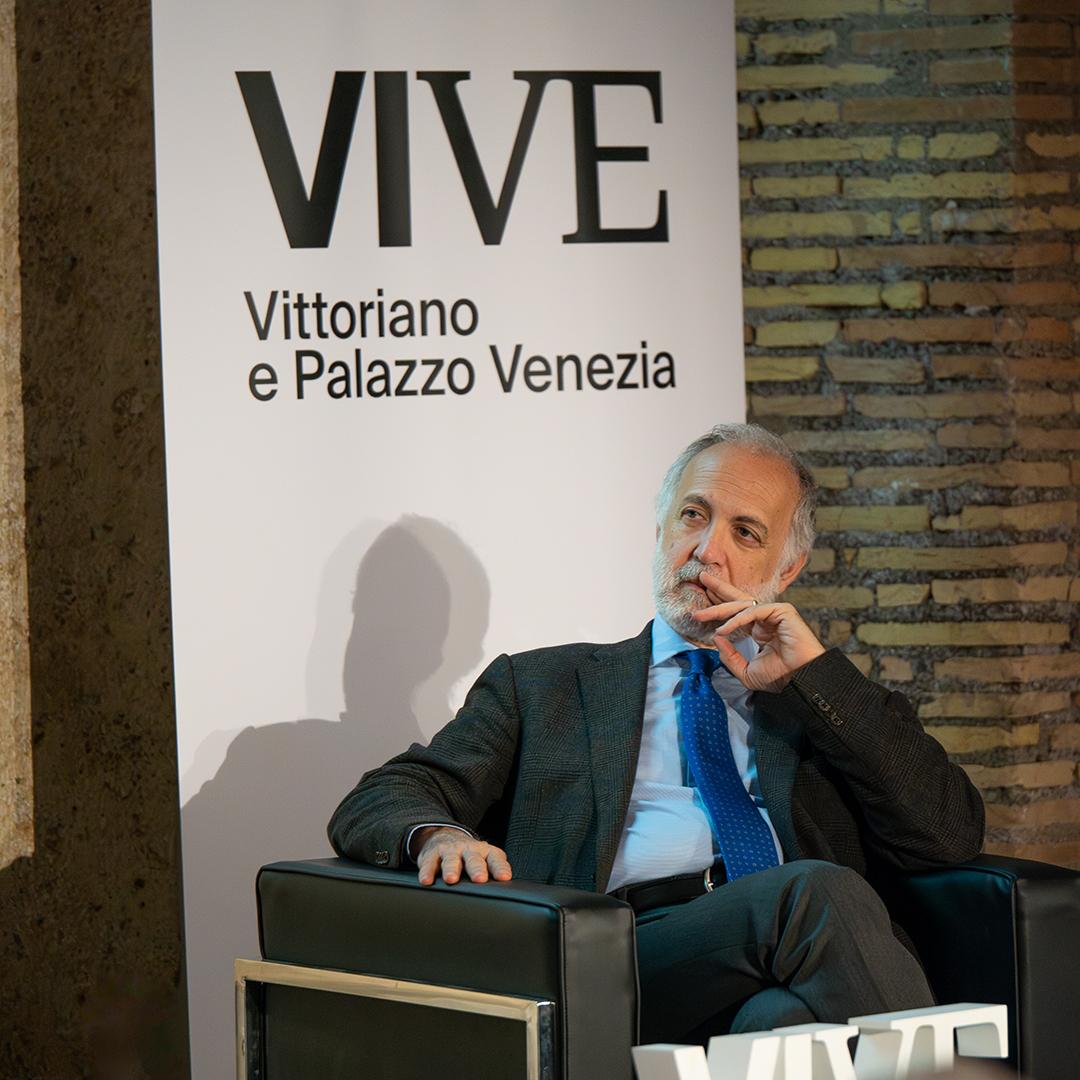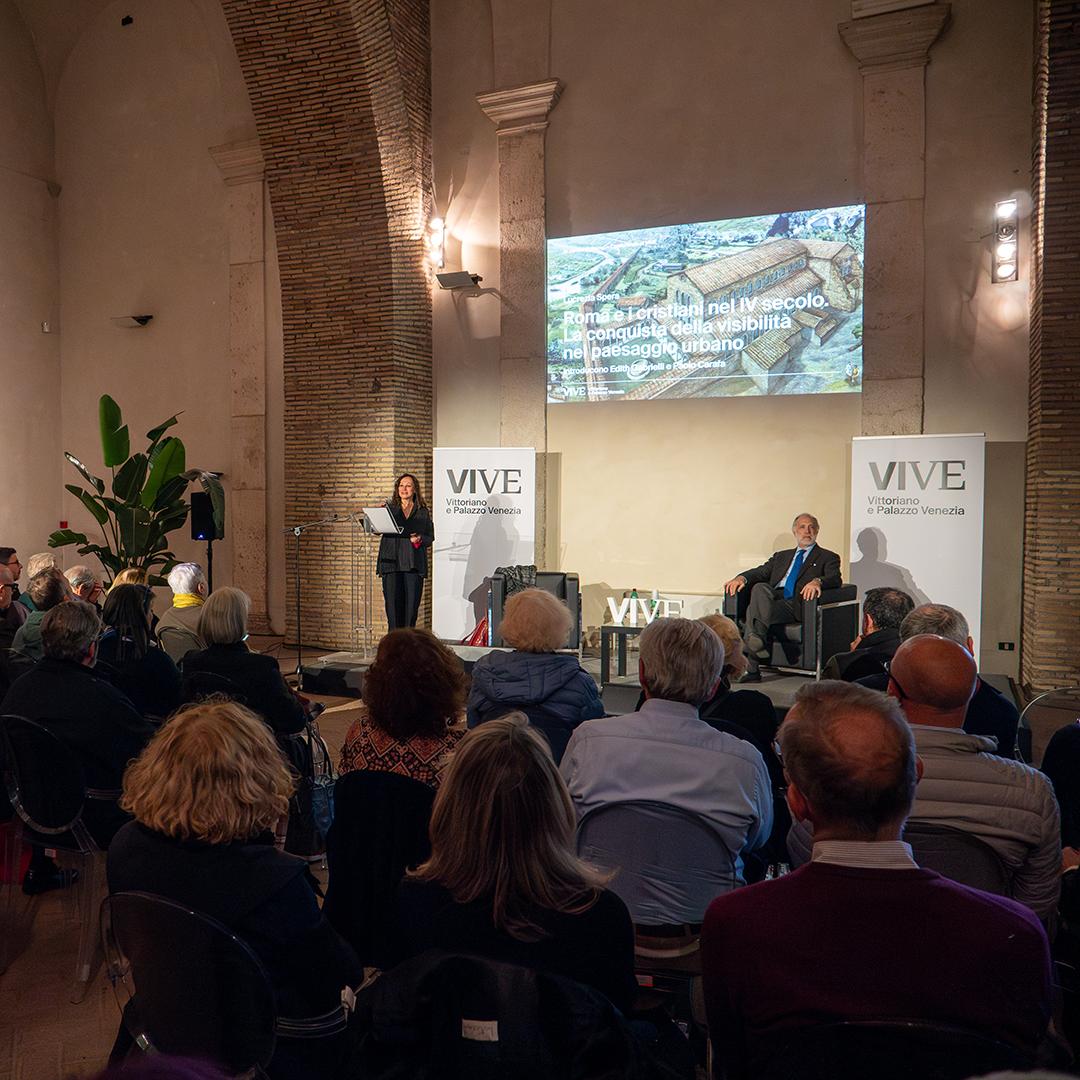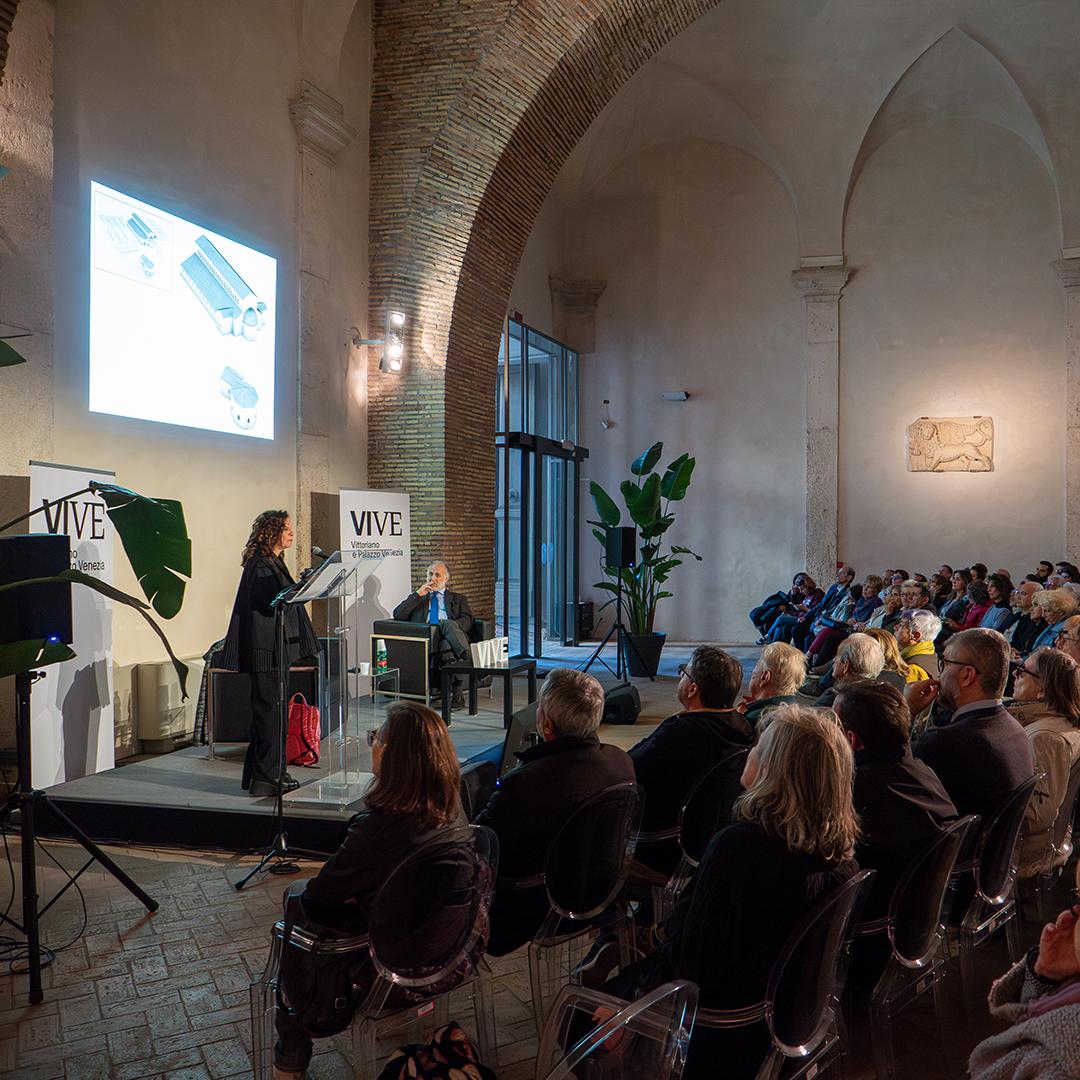CYCLE: The Second Millennium of Rome.
SPEAKER: Lucrezia Spera
DATE: Thursday 10 April, 6 pm
In the decades following the Edict of Tolerance in 313, Christianity became progressively more visible in urban spaces. Specifically characterised religious buildings with a notable volumetric impact made the presence of a community tangible in the landscape, a community that had already been substantial in previous centuries, but had remained barely perceptible and had little impact on urban transformations. Now, the impetus of the imperial protectorate and the evergrowth of the elites set in motion a process of the Church's evident rooting in the city, which would constitute its identity profile in the Middle Ages.
In the period from Constantine to Theodosius, if the great building sites - of the episcopal group, within the walls, and of the main martyrial shrines and funerary basilicas in the suburbs - impose themselves with relevant experimental architectural typologies, the first ‘parish’ churches (the tituli) are absorbed into the residential neighbourhoods to which, due to their function of caring for souls, they were destined; the configuration of the urban landscape, in these years, is still strongly anchored to the subsistence of the prestigious buildings of the political-monumental centre of the Urbe, which still played the role of ‘virtual’ capital of the Empire.

